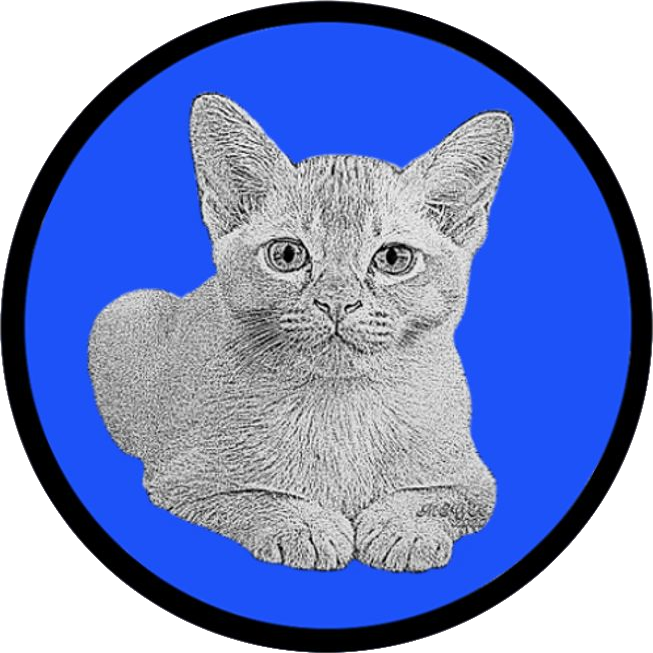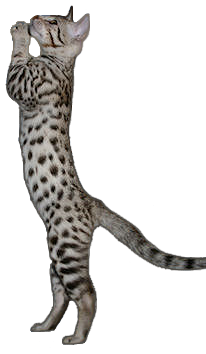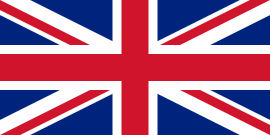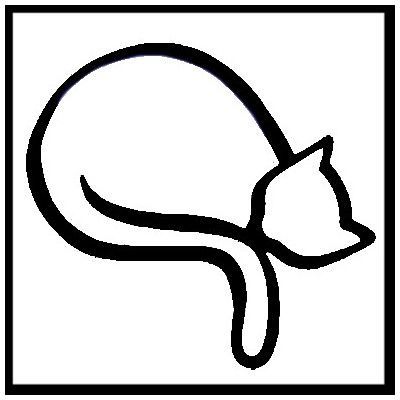|
ust suddenly it struck me that Thia looked so thin. She ate very poorly as well. She just turned eleven and has never had a radiant health, but this wan't normal. When she ate no more than a teaspoon of food that weekend, I called the vet.
I was right to be concerned. Her intestines were severely inflamed and upset, she was quite dehydrated and blood tests showed that her kidney- and liver values were too high. She became medicines. Those big round pills of which she had to take a half one a day. And also a kidney diet. Thia is not an easy cat. She may be small, but she is a real cat. She doesn't swallow pills. Really, she doesn't. Unless your take hold of her with at least three persons. But hey, I'm alone. So after some attempts I can scrape the pills of the wallpaper and then I can take care of the scratches she gave me. My vet helped me, he knows Thia for some time now. I kept the claws in check and with a large dose of luck and the necessary experience he was able to get the pill inside. She also got an antibiotic injection and a giant syringe with fluid. Then we could go home. The next day we had to return for a repeat of the syringe with fluid. My own vet was not there, another one would help us. I had brought the pills, since giving them together is easier. The acting vet looked at me with pity, and probably suspected me of laziness. First she listened to the intestines, which sounded better. Then it was time for the injections. They were in in no-time. And then it was time for the pill. She thought she could put it in just like that. I was just in time to grasp Thia's claws so she couldn't scratch the vet open. Three attempts and a one and a half pill later still nothing went in. There was an assistant called to help. Even with this major force Thia did not give in. After a tough struggle we succeeded eventually. I had the legs in a strong hold, the vet opened the mouth and the assistant got the pill in with a pill shooter. We collectively breathed a sigh of relief. Two days later I returned to my own vet for the next fluid injection and to give the last pill. And I could immediately take along some new bags of Thia's renal diet. The fluid and medication did a lot of good very fast. The pills made sure that her intestines soon calmed down. The renal diet consisted of wet food and she liked it well. She did also gain some wait. That she began to feel better, was especially apparent in the fact that she returned to her usual snappy response to the other cats. She became more and more herself. After two weeks we were back again to run a blood test. She was still somewhat dehydrated, but that seemed normal. The results of the blood were not good and that was quite a disappointment. The kidney values were still much too high. Actually she needed to take daily medication. Together with a kidney diet she should be able to last for a long time. Rinsing or possibly even a kidney transplant were possible in the future. I really love my cats, but there are limits. They are different in every situation and with every cat. Very early on I decided that Thia was no cat that would or could be treated medically for a longer period of time. She fights against anything. She does not trust me enough to let me handle her. She would rather die of hunger than eat anything she found uncomfortable or unfamiliar. In the past she has made this very clear repeatedly . That she eats the wet kidney diet food (eagerly) is a big plus. I am not in favor of canned food daily, but it helps her to get extra fluid. And because she eats it, it means that she can stay with me for awhile. The drugs remain at the vet. I prefer a shorter life than extend the last time with a lot of stress and anxiety. For now it goes reasonably well. How she'll keep up nobody knows. We can only wait. Renal disorders are relatively common, especially in older animals. At first we see nothing. Only when approximately 70% of the renal function is irretrievably lost, the animal will show symptoms such as poor appetite, weight loss, drinking more than usual, more urination, vomiting and / or diarrhea, bad breath, decreased activity and dehydration The right diet and medical support can reduce the symptoms, though the loss of kidney function is gone for good. The diet has a few important features. It contains less phosphorus, less protein, more energy and is extra tasty. The damaged kidneys are poorly able to get phosphorus out of the blood and increased phosphorus levels in the blood leads to further loss of renal function. With the metabolism of proteins waste is created. Since the kidneys can not properly process that, the disease gets worse. The protein in the diet food is of good quality, so that they are taken by the body as much as possible and minimize waste. Animals with kidney disease often have a poor appetite. Yet it is important that they maintain their (same) weight. The food is made extra tasty, so the animal eats eagerly, making it possible to continue on the same weight. Animals with a kidney problem usually have problems with mouth and teeth. Because of the excess waste in the body inflammation of the gum and oral mucosa can occur. They can cause pain when chewing. That's why the kibble are easy to chew. The wet food consists of small pieces of meat that can easily be swallowed. There is also a kind of pate in tubs. Thia does not like that pate. It tastes good to her, but she licks it against the bottom of her food bowl. After a while she gets (I think) a tired tongue and gives up. The pieces of meat in sauce go down easier. At the moment she even eats a bit of dry kibbles as well. Keep your eye on older animals. It's easy to investigate whether everything is still okay by testing some blood. There is even a urine test. On this website you find more information about it: http://www.doedekatniercheck.nl/ We want our pets to live with us as long as possible and as healthy as possible after all. |
Nederlandse Burmezen Club  Member of Ocicat Club Holland  |
© 2006-2025 Cattery Nimble Nymph - Alle rechten voorbehouden




